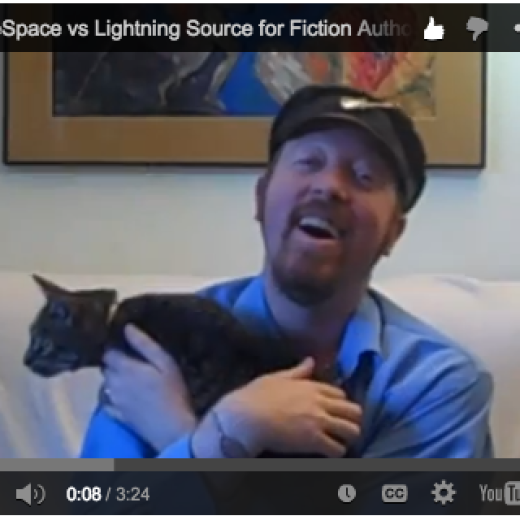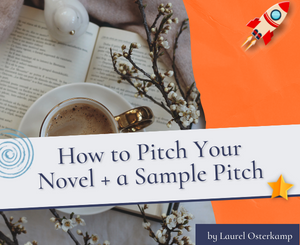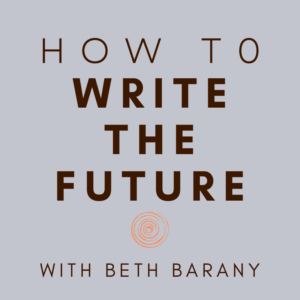Love Your Bad Guys by Kay Keppler
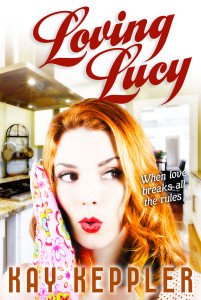 Let’s welcome back monthly columnist, editor, and novelist, Kay Keppler, as she shares with us “Love Your Bad Guys!” Enjoy!
Let’s welcome back monthly columnist, editor, and novelist, Kay Keppler, as she shares with us “Love Your Bad Guys!” Enjoy!
***
What do Gorden Gekko, The Joker, Hannibal Lecter, and Darth Vader have in common? They’re villains we love to hate. They’re unapologetic about their villainy—they revel in it. And they’re good at it.
They’re also villains we can’t forget. They’re villains who make the story.
Villains and antagonists move the plot by creating conflict. So make them strong, and treat them with respect—even love.
Villain or Antagonist?
A villain is not the same as an antagonist. The antagonist simply acts against the protagonist, but s/he isn’t necessarily a bad person. For example, Ruth wants to save the farm so their parents can retire in the place they lived their whole lives. But her brother Bill wants to sell the farm to a developer of senior housing, where their parents can retire in comfort. Both goals are legitimate, but the siblings work against each other for what they think is right.
A villain is an antagonist who is also a bad guy. A villain does bad things or has bad goals, or both. Villains might be evil, but they can also use their power in ways readers find offensive, or to further a cause that readers don’t like. But to be successful, villains need heroic traits—determination, perseverance, vision, and perhaps even idealism, even if that idealism is their own special, evil brand.
Force for Good
By creating the conflict, the antagonist is the agent of change for your protagonist. Because conflict forces the protagonist to grow and change, in a way, your antagonist is beneficial for the protagonist.
Your antagonist can also help define your conflict. By embodying the external conflict, s/he can make it concrete. If you think your story lacks punch, maybe your conflict is too broad or amorphous. Your antagonist can make that conflict sharp and immediate.
For example, say that your heroine, the black sheep of the family, wants to gain acceptance in her community. Her struggle could be made more focused if opposition were embodied in her grandmother, who is prim and proper and set in her ways. The grandmother is her antagonist.
Force for Evil
Your set-in-her-ways grandmother might be all you need to embody the conflict in a lighter book, but if you’re writing suspense or horror, you’ll need a stronger antagonist. For example, say your protagonist is a young man fighting oppression. Oppression is a deep issue that might be better embodied by a villain, someone willing to commit real evil. Perhaps your hero is an idealistic cop, fighting a brutal criminal kingpin to shut down a human trafficking ring. That conflict has shape and power.
A villain can force the protagonist to make moral choices. Ruthless disregard for moral rules is, after all, a characteristic of the villain. But heroes and heroines can’t be like that, even if they want to be. By challenging the protagonists to find a way to defeat evil without becoming evil themselves, the villain once again becomes a force for good. The villain is part of your protagonist’s journey to heroism.
Villains: Heroes of Their Own Stories
Your villains have their own value systems, motivations, and inner needs. They see themselves as heroes. A good villain doesn’t commit random acts of chaos, but acts on a plan to achieve a goal. Just as you identify a motivation and goal for the protagonist, identify a motivation and goal for the villain. You might not put the villain’s story on the page, but you should know what it is.
Villains are a lot like heroes: They’re active, powerful, dynamic, and capable of change. But you need to know them well to understand what might lead to their defeat. Here are some suggestions for how to do that:
• Humanize your villains. Figure out their goals and motivations
• Find their vulnerabilities—what he’s afraid of, what she’s ashamed of
• Show your villain making “moral” choices by their standards—not just automatically doing the bad thing, but choosing to do that bad thing for their own “good” reasons
When you love your villain as much as your protagonist, your conflict sharpens, creating memorable characters—and stories—your readers won’t be able to put down.
Many thanks to Alicia Rasley, a writing teacher and a RITA award- winning Regency author.
***
ABOUT THE AUTHOR
Kay Keppler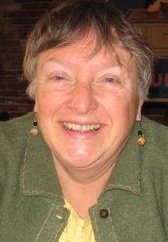 is an author Zero Gravity Outcasts, Betting on Hope, Gargoyle: Three Enchanting Romance Novellas, and editor of fiction and nonfiction –Angel’s Kiss and Outsource It! She lives in northern California. Contact her here at Writer’s Fun Zone in the comments below, or at kaykeppler@yahoo.com to ask questions, suggest topics, or if you prefer, complain.
is an author Zero Gravity Outcasts, Betting on Hope, Gargoyle: Three Enchanting Romance Novellas, and editor of fiction and nonfiction –Angel’s Kiss and Outsource It! She lives in northern California. Contact her here at Writer’s Fun Zone in the comments below, or at kaykeppler@yahoo.com to ask questions, suggest topics, or if you prefer, complain.

